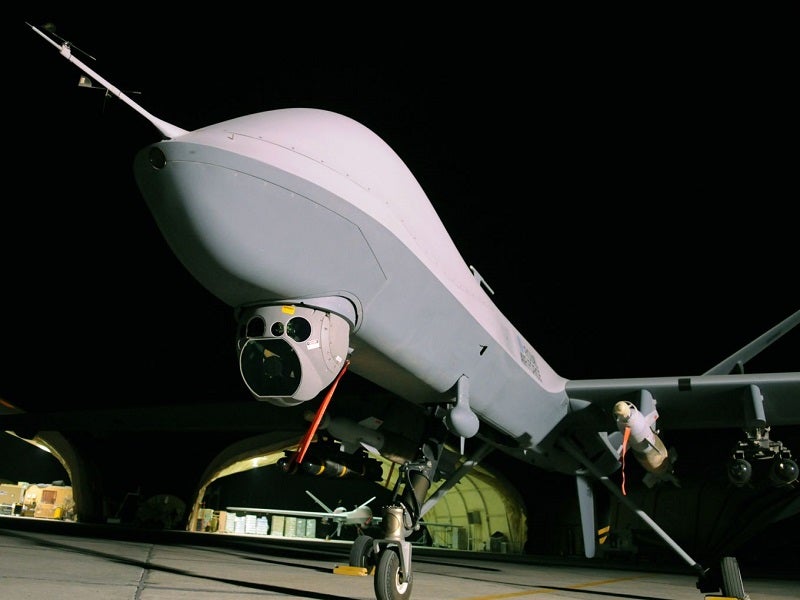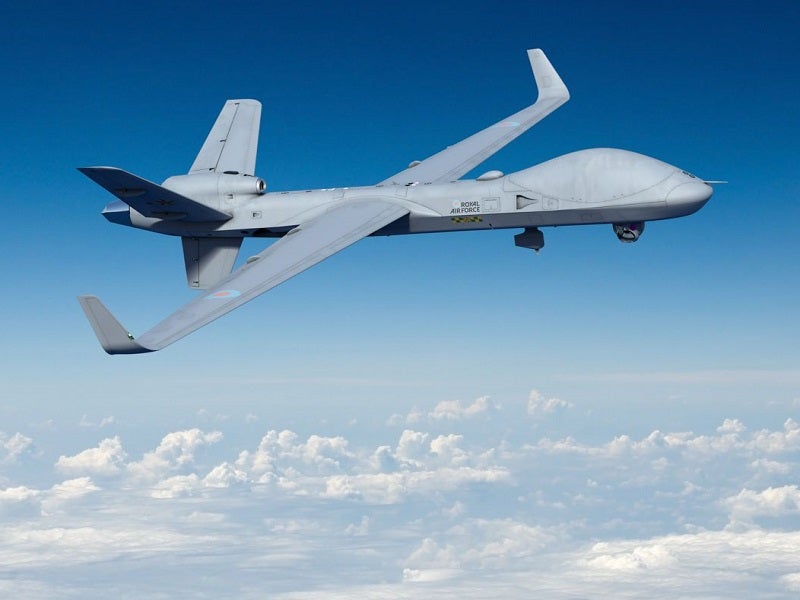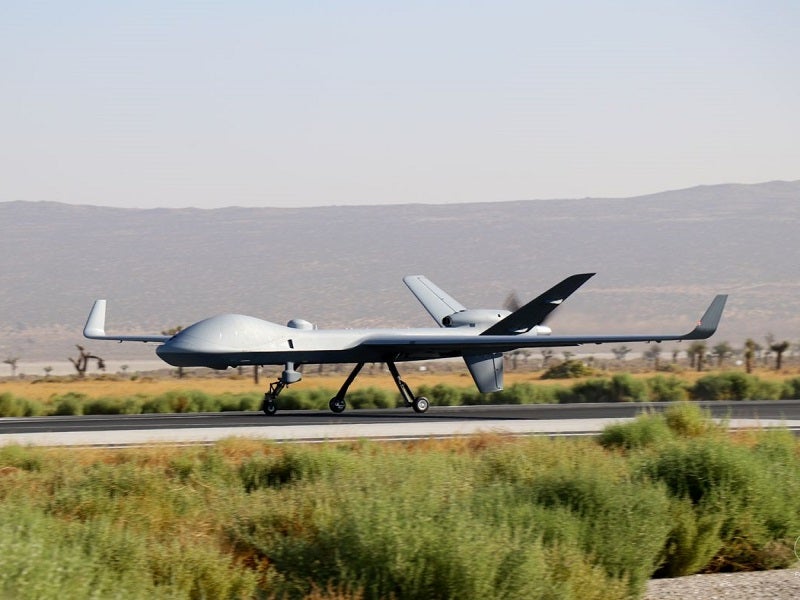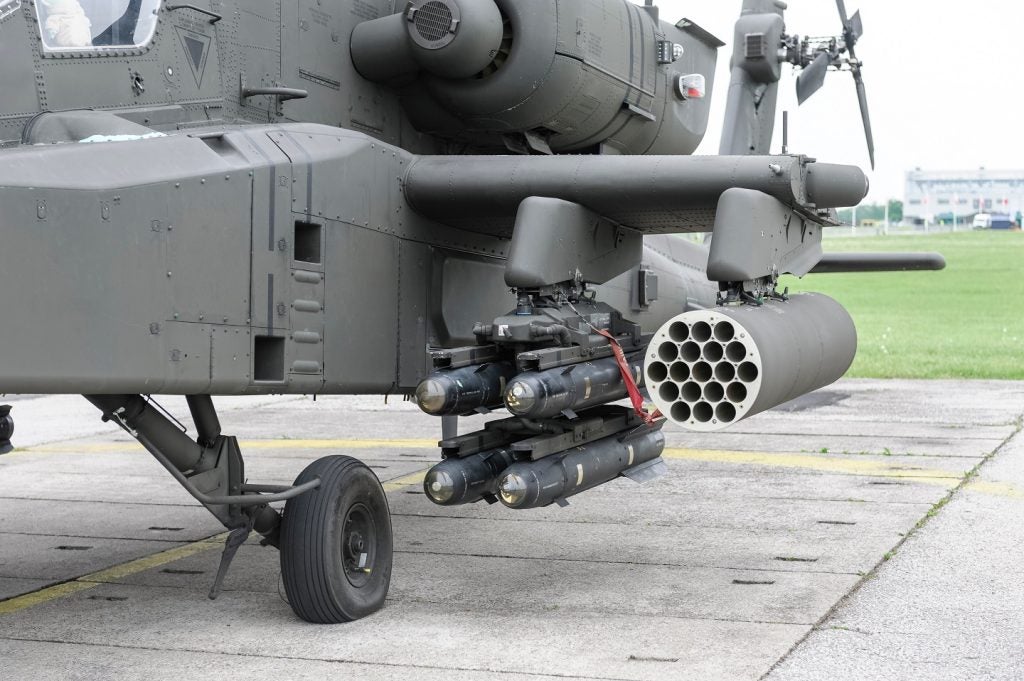The Protector RG MK1 MQ-9B is a next-generation remotely piloted aircraft system (RPAS) intended for use in medium-altitude and long-endurance (MALE) applications.
Developed by General Atomics Aeronautical Systems (GA-ASI), it is a successor to MQ-9B SkyGuardian RPAS and is being offered primarily for the UK Royal Airforce (RAF).
The Protector will become the world’s first certificated RPAS to fly in non-segregated airspace, once operational. It is expected to enter service with the RAF by 2024.
Protector RPAS development
The Protector programme was announced by the UK’s former Prime Minister David Cameron in October 2015. It aims to replace the Reaper unmanned aircraft fleet with 20 Protector RPASs.
In July 2018, the Protector prototype completed its first transatlantic flight test to take part in the Royal International Air Tattoo (RIAT) held in Gloucestershire, UK. RAF Waddington was announced as the main base for the Protector RPAS. 31 Squadron of the RAF in the same month.
In July 2020, the UK MOD signed a £65m ($72.9m) contract with GA-ASI for three Protector unmanned aircraft and three ground control stations. The contract also includes an option to manufacture 13 Protector RPASs and four ground control stations.
In August 2020, the Belgian Air Force and UK Royal Air Force signed a bilateral statement of intent (SoI), an agreement of collaboration for training, maintenance, logistics support, interoperability, and capability enhancement requirements. Belgium is acquiring four Protector aircraft to meet its surveillance requirements.
The first Protector RPAS system completed its maiden flight at its home base, RAF Waddington, in September 2020.
The UK MOD exercised the option to acquire 13 Protector RG Mk1 RPASs in July 2021, bringing the total number of RPAS orders to 16.
Protector RG Mk1 MQ-9B design and features
The Protector RPAS is set to become the world’s first unmanned aircraft to be certified for its design and build as per the manned aircraft systems’ norms of NATO STANAG-4671 and the UK DEFSTAN 00-970 aircraft system airworthiness requirements.
GA-ASI’s MQ-9B SkyGuardian serves as the baseline system for the construction of the Protector RPAS. Designed to tolerate fatigue and damage, the airframe offers 40,000 hours of service life. The unmanned aircraft has a length of 11.43m and a wingspan of 21.12m, while its maximum take-off weight (MTOW) is 12,500lb (5,670kg).
The Protector RPAS is deployed in armed intelligence, surveillance, targeting and reconnaissance (ISTAR) operations. It has a maximum endurance of 40 hours, which will help improve the armed ISTAR capabilities of its operators.
Payload and communications
The unmanned aircraft features nine hardpoints for rapid integration of multiple payloads. It is installed with a high-definition electro-optical infrared camera that provides exceptional reconnaissance capability.
The new Protector RPAS is also equipped with lightning protection and a de-icing system as well as GA-ASI’s detect and avoid system (DAAS).
The X-band satellite communications (SATCOM) enable automatic take-off and landing capability to the RPAS, which will allow the aircraft to self-deploy, avoiding the need for forward-based launch recovery equipment and personnel.
The cutting-edge communication system will enable the aircraft to fly in any part of the world with the personnel operating it from its home base, RAF Waddington.
Protector RPAS RG Mk1 MQ-9B weaponry
The Protector RPAS will be armed with Brimstone missiles supplied by MBDA Missile Systems and Raytheon’s Paveway IV laser-guided bombs. The next-generation weapons offer low collateral damage and precision strike capabilities.
Protector RPAS engine and performance
The unmanned aircraft is powered by a Honeywell TPE331-10 turboprop engine. It has a maximum airspeed of 210ktas and can reach a maximum altitude of 40,000ft. The maximum range of the RPAS is more than 6,000nmi.










